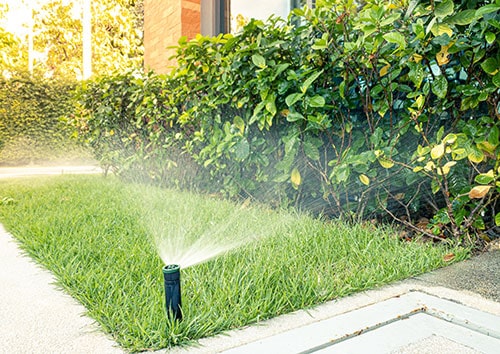Plant structure refers again to the arrangement of machinery, equipment, workstations, and other components inside a manufacturing facility, industrial plant, or any workspace. The primary objective of plant structure is to design and manage the bodily environment in a way that optimizes productiveness, efficiency, safety, and overall effectiveness. Here are the key functions and goals of plant structure:
Optimizing Productivity: One of the first objectives of plant format is to maximize productiveness by arranging workstations and gear in a logical and environment friendly sequence. An efficient format reduces unnecessary material dealing with, minimizes bottlenecks, and ensures smooth workflow.

Minimizing Material Handling: Plant layout aims to attenuate the motion of supplies, merchandise, and components inside the facility. By reducing the space and time required for material dealing with, it saves time and labor prices.
Improving Efficiency: An effective plant format minimizes idle time, waiting time, and downtime. It ensures that equipment and resources are utilized to their full potential, resulting in improved efficiency and output.
Enhancing Safety: Safety is an important consideration in plant layout design. The association of equipment and tools should prioritize the protection of employees, minimizing the danger of accidents, collisions, and exposure to hazards.
Reducing https://www.jbellservices.com/ : A well-designed plant structure can result in price savings by method of labor, power, upkeep, and material handling. It also can help establish opportunities for price discount and process improvement.
Facilitating Quality Control: An organized plant layout makes it easier to implement high quality control measures by making certain that workstations and inspection points are strategically positioned within the production process.
Flexibility and Adaptability: Plant layouts should enable for flexibility to accommodate adjustments in manufacturing volume, product combine, and technological developments. A flexible layout can adapt to evolving business wants.
Optimizing Space Utilization: Effective use of accessible house is a key consideration in plant layout. Efficient space utilization can result in value savings by reducing the necessity for additional square footage or warehouse area.
Enhancing Communication and Collaboration: The format can influence communication and collaboration amongst employees. An open and well-organized layout can foster better communication and teamwork.
Minimizing Environmental Impact: Plant structure design can also contribute to environmental sustainability by optimizing useful resource usage, decreasing waste, and minimizing power consumption.
Compliance with Regulations: Plant layouts should adhere to regulatory necessities and safety standards, guaranteeing that the power operates within legal and moral boundaries.
Improving Morale and Job Satisfaction: A well-designed plant structure can contribute to a extra comfortable and arranged work environment, bettering worker morale and job satisfaction.
Streamlining Maintenance: Easy entry to tools and machinery simplifies upkeep and restore tasks. An organized structure can scale back downtime related to maintenance actions.
In summary, plant layout serves as a strategic tool for companies and industries to optimize their operations and obtain various objectives, together with productivity improvement, cost discount, security enhancement, and resource effectivity. It is a dynamic course of that ought to be periodically reviewed and adjusted to accommodate changing wants and technological advancements..
